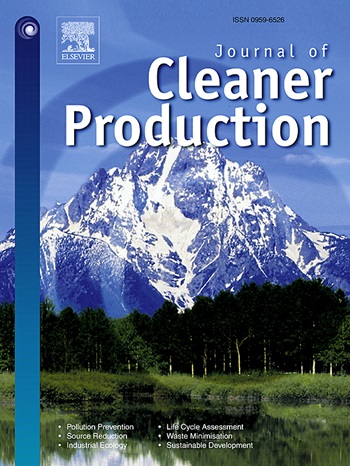Bottlenecks in establishing the environmental impact of bio-based plastics: a case study of bio-based polyethylene and bio-based polyethylene terephthalate
IF 9.7
1区 环境科学与生态学
Q1 ENGINEERING, ENVIRONMENTAL
引用次数: 0
Abstract
Bio-based plastics hold the potential to reduce the environmental impact of the plastics industry because they are based on renewable resources instead of petrochemicals. However, life cycle assessment (LCA) studies of bio-based plastics use varied methodologies and have shown large discrepancies, making it difficult to compare outcomes. This article presents an LCA of 31 scenarios for bio-based high-density polyethylene (HDPE) and bio-based polyethylene terephthalate (PET) based on life cycle inventories from literature. The scenarios included various biomass types, production locations and chemical conversion processes. Even the methodologically consistent LCAs yielded large discrepancies in outcomes. Conducting methodologically consistent replications allows us to study the factors that affect the environmental impact of bio-based plastics. Six key factors that contribute to variations were identified. The limited public information and limited scoping of the studied LCAs resulted in life cycle inventories that did not cover all relevant impact categories. A harmonised scope and life cycle impact assessment with more transparent reporting is therefore needed to improve the reliability of bio-based plastic LCAs in the future. A section of the studied LCAs did provide sufficient information to study the effects of bio-based plastic production processes, which yielded the other four factors: biomass type, processing, electricity, and heat. Understanding the factors from practice provides additional information about how bio-based plastics should be developed and how their LCAs should be interpreted.求助全文
约1分钟内获得全文
求助全文
来源期刊

Journal of Cleaner Production
环境科学-工程:环境
CiteScore
20.40
自引率
9.00%
发文量
4720
审稿时长
111 days
期刊介绍:
The Journal of Cleaner Production is an international, transdisciplinary journal that addresses and discusses theoretical and practical Cleaner Production, Environmental, and Sustainability issues. It aims to help societies become more sustainable by focusing on the concept of 'Cleaner Production', which aims at preventing waste production and increasing efficiencies in energy, water, resources, and human capital use. The journal serves as a platform for corporations, governments, education institutions, regions, and societies to engage in discussions and research related to Cleaner Production, environmental, and sustainability practices.
 求助内容:
求助内容: 应助结果提醒方式:
应助结果提醒方式:


